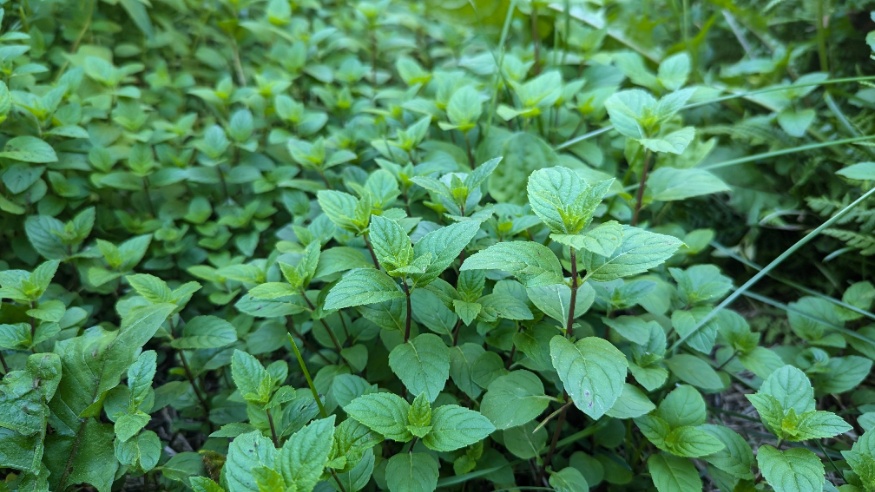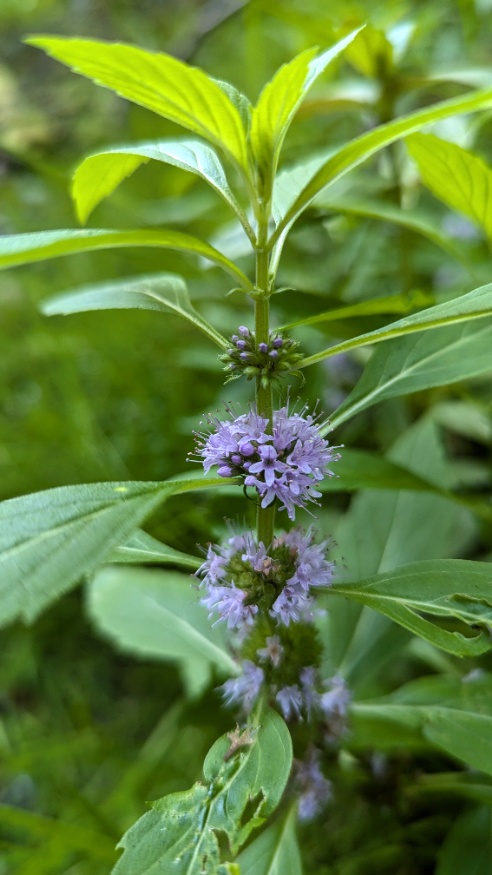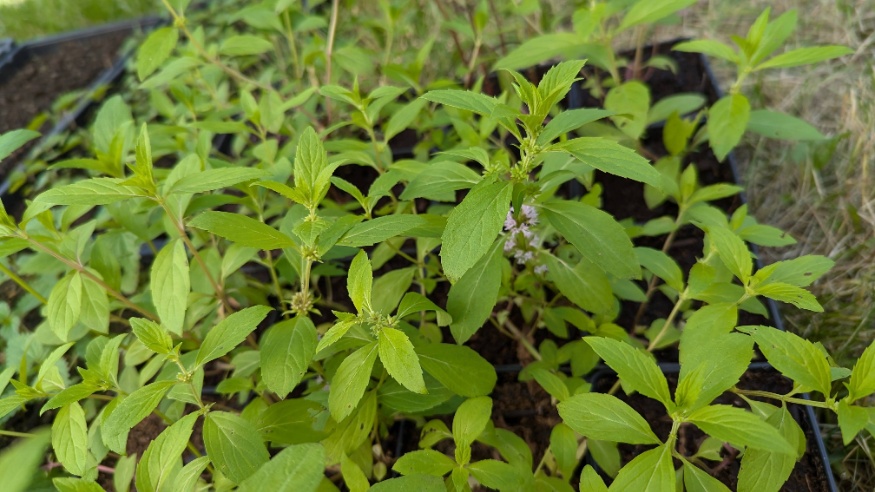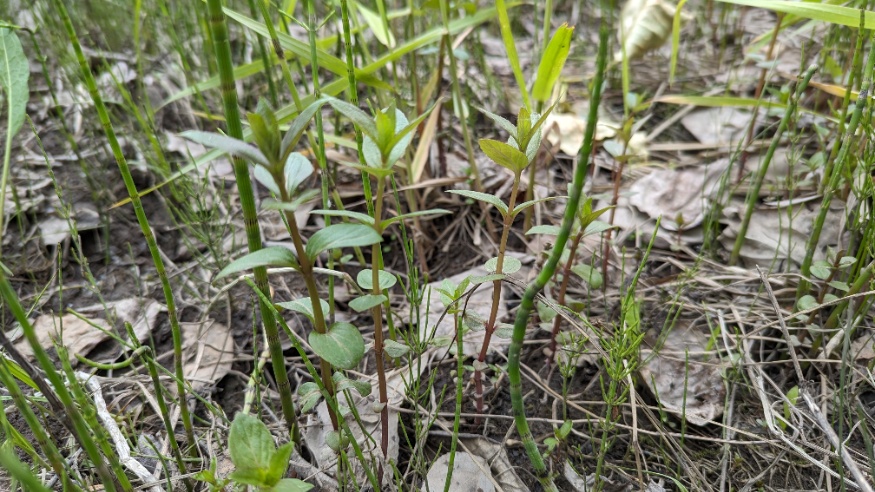The Most Powerful Medicinal Mint

Lets talk about an amazing mint I love to use, and it's not the one everyone is talking about. There's over 7000 herbs belonging to the mint (Lamiaceae) family worldwide. Some popular varieties are: basil, mint, sage, thyme, oregano, and rosemary. Most are known for high essential oil content that gives them their incredible aroma.
At first Peppermint (Mentha piperita) seems to be the mint plant of choice for its globally standardized medicinal properties and has been studied in over 1000 research papers. The primary active medicinal ingredient in peppermint is menthol, which is responsible for its cooling sensation, strong aroma, and many of its medicinal properties. The percentage of menthol in peppermint generally ranges from about 30% to 78% of the essential oil. Many sources claim peppermint to fame for it's high menthol and resulting strong medicinal abilities, which are truly time tested and acclaimed.
Wild mint (Mentha arvensis), also known as corn mint, field mint, or Japanese peppermint, however is a different plant, studied but less so than the well known than common peppermint. It turns out is this species of mint is known to have the highest menthol content of all mints, and is the primary natural source that menthol is harvested globally. This is due to its exceptionally high menthol concentration of 70% to 90%, the major producers being India and China.
When I first came across wild mint I could smell the aroma in the air well before finding the plant. I was so exciting to identify one popping out of the damp rivers edge, then I noticed another stem nearby, and another, and so on. Wild mind grows in colonies and often in high abundance In young poplar groves, muskegs, or wet areas by streams and other waters edge. It can be identified by square stems (like all other mints), and opposite leaves, potentially with flower clusters where the leaves meet the stem. But the best identifying factor is it's unmistakably strong minty aroma. It's best to harvest when in full bloom to maximize the essential oil content as this is when it boasts its strength as a therapeutic herb and potent medicinal.

Many wild plants, including wild mint have been used for thousands of years by ancient Egyptians, ancient Greeks and Romans, various First Nations/Native American tribes, and in traditional Chinese Medicine. Their effectiveness though sometime forgotten is time tested. Mentha arvensis is among the most accessible medicinal herbs, found worldwide (Mentha canadensis is the equivalent North American variety). Wild mint is also often found in abundance. A simple stroll through damp woods or waters edge is bound to spark an encounter, with a wild mint patch. While Peppermint is considered a sterile hybrid, of watermint + spearmint and can only be reproduced by cutting, wild mint seeds readily in high amounts. They're very easy to grow as long as they get plenty of moisture and I plan to write an article about growing wild mint in the future.

Medicinal Actions
Perhaps one of wild mint's best medicinal actions is to aid digestion and relieve symptoms of digestive issues like gas, bloating, and indigestion. It's also traditionally used to stimulate circulation and help with respiratory symptoms and pain. Inhaling the essential oil is also said to improve brain function, and like other mints it can be used to help mask bad breath.
Mint is commonly used as a catalyst or synergist herb when included with other herbs, making the combination more powerful and effective. The concept of "catalyst" refers to herbs which improve the bioavailability, and delivery of other herbs within the body. The aromatic essential oil quality of mint increases circulation, helping deliver less active herbs to places of need in the body. The term "synergist" refers to those which enhance medicinal actions when combined with other herbs. For example, mint combined with sage can potentially be a much more effective for certain medicinal actions than each herb alone.

This article isn't meant to put peppermint down. Don't get me wrong, peppermint is an astounding medicinal with a long history of proven clinical use, and even has it's own natural range in the middle east. But I want to bring to light how powerful and available wild mint really is. There is something about finding a wild plant that actually grows naturally in your area, then identifying it and realizing it's been used for thousands of years by many ancient peoples. Lastly, incorporating properly identified wild herbs into your body for health and wellbeing is where the connection really starts. You may have even been inspired to look for it, and find out it's been placed there for you all along because there's something you need that it has to give.